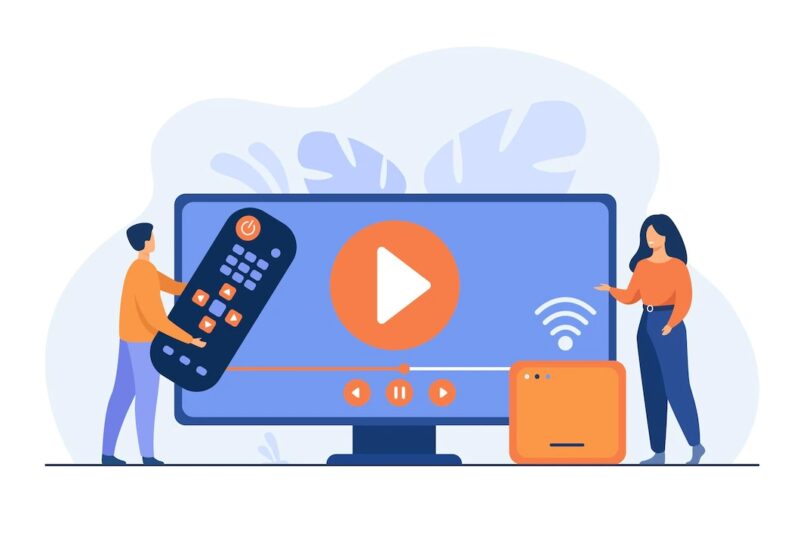With the engagement of influencers and content creators using streaming video more than doubling, understanding how VOD can play a role in your overall marketing strategy is key.
But what exactly is VOD, and how does it differ from live streaming and OTT?
While the line between OTT and VOD is narrow, there are significant technical differences between the two services. OTT defines how content is delivered to viewers, i.e. the actual technology used to distribute the content.
VOD, on the other hand, is a description of how viewers consume content. In short, OTT is a distribution model, while VOD is a consumption model. You can watch VOD and live streaming through OTT platforms.
Popular VOD Use Cases
VOD content can be used for a variety of purposes. Some of the top use cases include.
Business: sales, marketing, corporate training, onboarding, product demos
Education: courses, lessons, tutorials, supplemental classroom materials
Health and wellness: fitness classes, guided meditation
Entertainment: concerts, sporting events, documentaries, movies, cooking tutorials, DIY tutorials
Many of these use cases also benefit from real-time streaming, so VOD use cases are often specific to the replay of live events.
Transactional Video-on-Demand (TVOD)
Transactional Video on Demand, often referred to simply as “TVOD”, requires viewers to pay for access to specific content. This is also known as “pay-per-view” (PPV).
With TVOD, viewers can rent or purchase video. Pricing and terms depend entirely on the creator or network operating the VOD service.
This method of monetization originated before online streaming became popular among TV service providers and networks such as Direct TV and HBO.
Subscription Video-on-Demand (SVOD)
SVOD, which stands for “subscription video on demand,” is a video monetization model that has grown in popularity over the past decade. It charges viewers for unlimited access to a collection of VOD content.
Typically, subscriptions to VOD services are billed on a monthly basis, but some subscriptions are billed weekly, quarterly or annually. The price of your subscription will vary, but some of the largest VOD subscription services on the market are priced between $10 and $20/month. SVOD monetization is very popular in the entertainment space, but is also commonly used in the fitness and independent education space.
Ad-Based Video on Demand (AVOD)
Ad-based video on demand (“AVOD”) is a video monetization model that uses ads, product placement and other types of promotions. This monetization method can be traced back to traditional radio and TV broadcasts that used advertising to make money.
Finally, any enterprise-oriented VOD platform needs to be flexible enough to adapt to the needs of the business. It should also be customizable enough to provide a fully branded experience for the target audience.
Distribute and monetize your OTT/IPTV with XMediaTV
A complete end-to-end solution that makes it easy for operators to create an OTT TV ecosystem.



